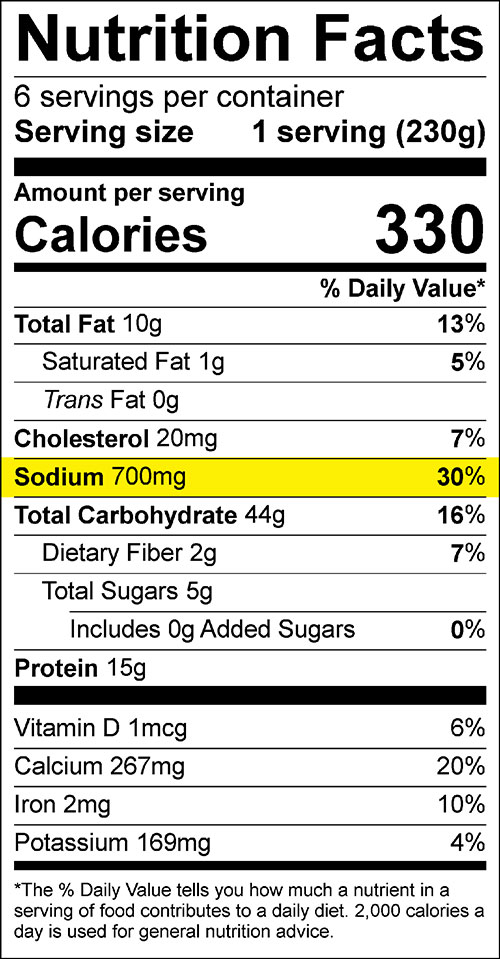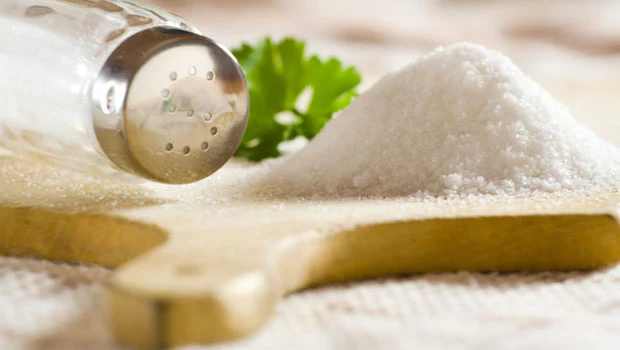Salt is a magic in cooking.
Salt, a fundamental seasoning, enhances flavor and preserves food. By adding salt, brings the flavor of food to the desired level. Its chemical composition, sodium chloride, regulates body functions.
Salt plays a crucial role in culinary arts for several reasons. As mentioned earlier salt enhances and intensifies the natural flavors of ingredients. It brings out the best in both sweet and savory dishes, creating a well-balanced taste. When it comes to preservation, historically, salt has been a primary method for preserving food, particularly meats and fish. It inhibits the growth of bacteria and prevents spoilage. This quality is also used to regulate fermentation to develop desired flavor and textures. As well as salt can alter the texture of certain foods, such as helping to tenderize meats or adding crunch to baked goods.

The recommended daily salt intake varies but WHO recommends that adults consume less than 5 grams of salt per day, which is approximately one teaspoon to control the sodium intake. However, individual requirements can vary based on factors such as age, sex, overall health, and specific medical conditions.
It’s important to note that many people globally exceed this recommended limit, often due to the high salt content in processed and restaurant foods. Therefore, when consuming salt, moderation is crucial, as excessive salt intake can lead to health issues. To maintain a healthy lifestyle, it’s advisable to be mindful of salt intake and focus on a balanced diet rich in fresh fruits, vegetables, whole grains, and lean proteins.
Excessive salt intake poses significant health risks and is considered a dietary risk factor for various conditions. The primary concern lies in its association with high blood pressure, a major risk factor for cardiovascular diseases. When consumed in excess, salt disrupts the balance of sodium and potassium in the body, leading to fluid retention and increased blood volume, subsequently elevating blood pressure. Moreover, excessive salt consumption is linked to the development of kidney problems, osteoporosis, and stomach cancer.
It’s essential to be aware of the sodium content in foods, especially processed and packaged products, and to adopt a diet rich in whole, unprocessed foods to help maintain a healthy sodium balance. Reading food labels and choosing low-sodium alternatives can also help manage salt intake. Salt is listed as “Sodium” on the food label. The percent daily value helps to compare the products. According to general guidelines 5% or less per serving of sodium is considered low, and 20% or more per serving of sodium is considered high. Pay attention to the serving size and the number of servings you eat or drink.

In addition to this, there can be hidden salt in your foods. Usually most common hidden salt sources are soups, sauces, salad dressings, cheese and seasonings. From these sources, salt can be ingested into the body unknowingly.

